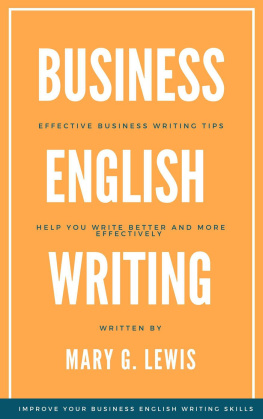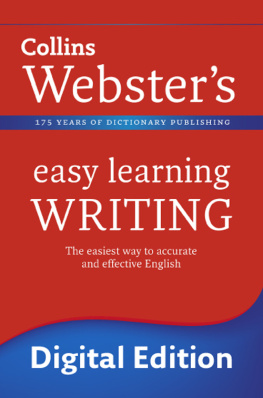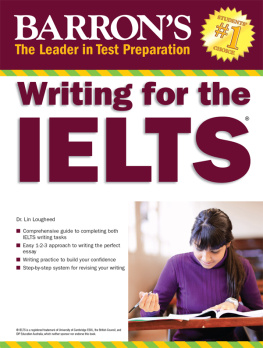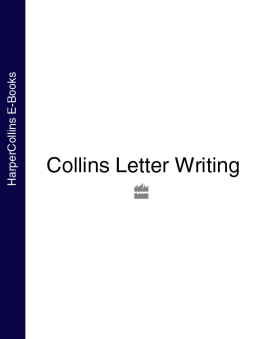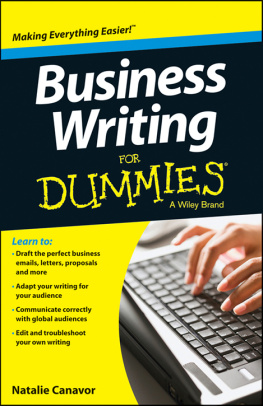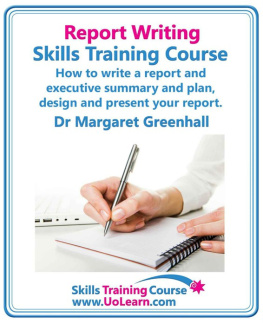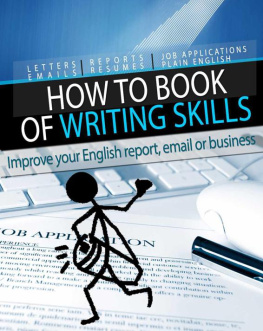SUMMARY STYLE & STRUCTURE
AN INFORMATIVE SUMMARY
Present the information in the order of greatest importance to the readers. Hence summaries with different purposes have different structures.
Recommendations for action:
- Recommended action first
- Main reasons for the recommendation
- Cost, savings, timings and a short version of key evidence
Reports for knowledge capture or for the record:
- One or two sentences to summarise the introduction, background and objectives
- A few sentences to summarise the work and quantified results
- State the main conclusions and recommendations
A SALES SUMMARY
With a sale summary the purpose is to hook the reader and get them to buy. It needs to:
- Be punchy and impactful
- Say what the product is
- Describe its unique benefits
- Set out what it can do for the prospective buyer
So Stella and I might write a sales summary about ourselves: 'Innovative management development consultants working with FTSE 100 companies and SMEs, Beth and Stella can help your organisation succeed through excellent communication!'
Or for a robotic floor-cleaner:
'Let Dobbie , the robotic floor- cleaner, take the hard work out of cleaning the floors. Ideal for wood, stone and tile floors, simply set Dobbie going while you put your feet up!'

Phase 3: Reviewing & Polishing
FORGET IT
Few people get their first draft entirely right, so in Phase 3 of our writing process you will learn to critique and proofread your writing. Before you do so, however, there is an important first step put your work (even a short note or email) on one side and forget it!
The importance of accuracy in writing is vital to create a good impression. When you speak people often overlook errors because you can move on quickly, or correct them, but people can return to a document many times and the errors are always there.
When you have been immersed in the writing it's much harder to spot mistakes or to review it effectively because your brain sees what it expects to see. Depending on the size of the work, or its importance to you, set it aside for:
- A few days
- Overnight
- A few hours
- A short time to have a break and do something else
You will then return invigorated, able to review your writing with fresh eyes and brain.
HOW CONCISE IS YOUR WRITING?
One of the most frequent questions we are asked is 'How can I be more concise?' Use this checklist as the first part of your reviewing activity.
- Be precise use numbers, measurements or statistics for clarity
- Ruthlessly eliminate redundant words
- Avoid unnecessary description do you need the adjectives ( eg the fluffy rabbit) and adverbs ( eg swimming swiftly)
- Leave out weak words quite, very, pretty (as in 'a pretty long road'), almost, fairly, quickly, slowly, nicely, timely, kind of, sort of
- Use active rather than passive constructions ( see pages 50 - )
- Avoid nominalisations ( see page 52 )
- Consider deleting 'that' it occurs frequently but can often be removed without altering your meaning
This is another useful exercise to practise occasionally. You'll find lots of possibilities for 'pruning'.

CRITIQUING & PROOFREADING
When you're critiquing and reviewing you need to ask yourself questions like:
- Does the writing flow?
- Is there a logical structure?
- Will the reader be able to find the information they need easily?
What are you looking for when you proofread?
- Spelling errors and typing mistakes
- Punctuation and grammar
- Consistency of layout
We suggest you separate the task into doing your own critiquing first and then proofreading. If it's a large or particularly important piece of work, enlist the help of a colleague to critique first before you proofread, and then ask someone else to proofread as well.
REVIEWING & CRITIQUING
On pages 75-77 we have provided a critiquing checklist which you can use to:
- Review your own document
- Give to a colleague and ask them to review your document
When you're critiquing you're making sure that what you've written will make sense to your reader they only have your words to rely on. They can't see your gestures or your body language, they can't hear your voice and they can't read your mind. You have to help them interpret everything you want to communicate using only words.

CRITIQUING CHECKLIST
Go through the document and ask the following questions:
Purpose
- What is the purpose of your document and what do you want to achieve?
Reader
- Who will your readers be?
- What is their knowledge of the subject and what information do they need?
- What do you want them to do as a result of this communication?
Medium
- Have you chosen an appropriate medium? ( Eg , letter, email, notice, web page, etc)
Structure
- Is the structure of the document obvious and well signposted?
- Is the structure appropriate?
Can the reader find the information they need?
- Is the title consistent with the scope of the document?
- Is there a summary if necessary and does it cover the main points?
- Are headings and numbering systems clear and explanatory? Will they help the reader navigate around the document?
- Is the key information obvious to the reader?
Paragraphs and layout
- Have paragraphs been used to divide the text into readable chunks?
- Does the first sentence tell the reader the topic of the paragraph?
- Are the chunks arranged in a logical order?
- Is the layout visually attractive with plenty of white space?
Sentences
- Are sentences fairly short (15 to 20 words), but still vary in length?
- Are sentences clear and simple with the main point at the start?
- Is the text written in the active or passive voice?
Choice of words
- Are the ideas expressed using simple, clear words?
- Are there any redundant and unnecessary words?
- Will the readers understand any technical terms or jargon?
Content
- Is the content suitable for the purpose and the reader?
- Is there any unnecessary information, ambiguity or repetition?
- Is there enough data to justify the conclusions and recommendations?
- Is the level of detail suitable for the purpose?
Illustrations, tables and charts
- Are illustrations, tables, diagrams and graphs well set out and labelled and appropriately cross-referenced to the text?
Does the document achieve its objectives?
TEN TOP TIPS FOR PROOFREADING
When you are familiar with the content of your document, it is hard to spot errors. Techniques for proofreading slow you down to see what is actually written on the page; rather than what you think is there.
- Use your software to do a spelling and grammar check they are not totally reliable, so follow up with other types of proofreading.
- Print out your document to make it easier to find mistakes.


